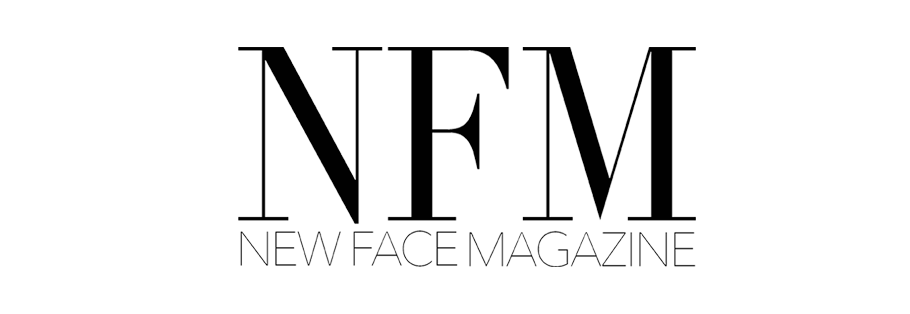
Unleashing the Power of Merchandising: A Small Business Guide
by Wynn Wilder

New sources of income are more crucial than ever in today’s competitive corporate environment. Selling branded items is one efficient approach for established firms to make extra money while maintaining their branding. This article will go through the many advantages that adding branded items to a company’s offerings may provide, as well as the steps involved in getting started: deciding what to sell, selecting a vendor, designing a product that stands out, selecting delivery options, and developing a marketing strategy. It will also describe how AI might help businesses create and sell branded items.
Benefits of Branded Products
Businesses can benefit from branded items in a number of ways, including:
Free promotion
: As customers use or wear the product, it may act as free promotion. Word-of-mouth advertising may result from this, which could raise consumer awareness and recognition of the brand.
Increasing brand affinity
: Each time a customer uses the product, the brand is brought to mind. This may strengthen the bond between the brand and the consumer, increasing brand affinity.
Differentiation from rivals
: Branded products can help set a company apart from its rivals and make it stand out in a crowded market.
Interaction:
Increased customer interaction thanks to the variety of engagement opportunities offered by branded goods. Customers might, for instance, take images of the products and share them on social media to increase brand engagement.
Marketing exclusivity
: Having exclusive goods can make clients feel more a part of the brand and increase brand loyalty.
How AI Can Help with Branded Goods Creation and Sales
In the e-commerce sector, artificial intelligence (AI) is rising in popularity. The following are some ways that AI might help firms create and sell branded merchandise:
Personalization
: AI can assist firms in making their products more distinctive for customers based on information like prior purchases or preferences. Increased client satisfaction and revenue may result from this. Amazon Personalize (
https://aws.amazon.com/personalize/
) Amazon Personalize is a service that uses machine learning algorithms to produce personalized product and content recommendations. It analyzes customer behavior data such as purchase history and website activity to produce tailored recommendations.
Predictive Analytics
: AI can forecast which products will sell the most and which should be kept in smaller quantities by evaluating customer data. Google Analytics (
https://analytics.google.com/analytics/web/
) Google Analytics is a free service that provides insights into customer behavior, traffic sources, and other important metrics. It uses machine learning algorithms to help businesses identify trends and patterns in customer data.
Inventory Management
: AI can help with inventory management by monitoring stock levels and refilling inventory automatically when it falls below a predetermined threshold. Zoho Inventory (
https://www.zoho.com/inventory/
) Zoho Inventory is a cloud-based inventory management system that uses AI to optimize stock levels and reorder points. It analyzes past sales data to predict future demand and automatically generates purchase orders when inventory runs low.
Product Design
: AI may help firms with product design by creating distinctive designs based on client information, such as prior purchase behavior. Autodesk Dreamcatcher (
https://www.autodesk.com/research/projects/dreamcatcher
) Autodesk Dreamcatcher is a free design software that uses generative design algorithms to create custom product designs based on user input. It allows designers to set specific constraints and goals, such as minimizing material usage or maximizing strength, and produces a range of design options that meet those criteria.
Pricing
: AI can help in pricing products by examining client information, rivals’ prices, and market trends to establish the best price for a given good. Price2Spy (
) Price2Spy is a pricing optimization tool that uses AI to track competitor prices and identify pricing opportunities. It provides businesses with real-time alerts when competitors change their prices and recommends optimal pricing strategies based on market trends and consumer behavior.
Items for Sale
Businesses must choose products that will appeal to their target market in order to maximize the potential of branded stuff. Among the most well-liked items for branded stuff are:
-
Mugs
-
Sweatshirts/hoodies
-
T-shirts
-
Backpacks
-
Tote bags
-
Phone cases
In order to identify which items would be the most successful, businesses should analyze their target market’s wants and needs.
Selecting the Best Vendor
Finding vendors who can alter pre-existing merchandise for the company is one of the simplest and most economical ways to start selling branded goods. Companies can use
or directories like
ThomasNet
to look for white-label and private label manufacturers.
Try
Maker’s Row
or
MFG
if a company wants to market an entirely unique item. On the other hand, creating anything from scratch often requires more time and money but if you’re good at
Canva
or
PhotoShop
, you can jump on the
Shopify
bandwagon for print on demand.
If the merchandise design needs to be in a specific format (in pixels or colors) for printing purposes, businesses should inquire with vendors. This will aid them in producing a suitable design.
Making a Beautiful Design
For branded items to be successful, an appealing design is essential. Companies should take their time to consider the look and message of their products. Users can work with a freelance graphic designer from a service like
UpWork
or
Freelancer
or build a design on their own.
Businesses can alter pre-made templates from several white-label and private label manufacturers, or they can engage with design firms or independent designers to develop distinctive packaging designs that stand out on shelves and express the desired brand image.
Once the packaging design is complete, companies must decide which materials will best realize their concept. This entails taking into account elements like cost, sustainability, and affordability. For instance, some companies may choose eco-friendly products like recycled paper or biodegradable plastics to appeal to customers who are concerned about the environment.
Following the selection of the packaging design and materials, companies must guarantee that their products comply with all legal requirements. This can entail getting the required licenses or adhering to the labeling and packaging guidelines established by the government.
Last but not least, companies must carefully organize their packing logistics, including picking the best shipping options and partners, to guarantee that goods get at their destinations promptly and safely. This could entail hiring outside logistics companies or acquiring internal packaging and shipping resources.
To sum up, smart packaging is an important part of any winning product plan. Businesses can use it to separate their goods from those of rivals, increase brand awareness, and convey crucial information to customers. Businesses may produce packaging that not only looks fantastic but also promotes sales and client loyalty by adhering to best practices for packaging design, material selection, legal compliance, and logistics.





